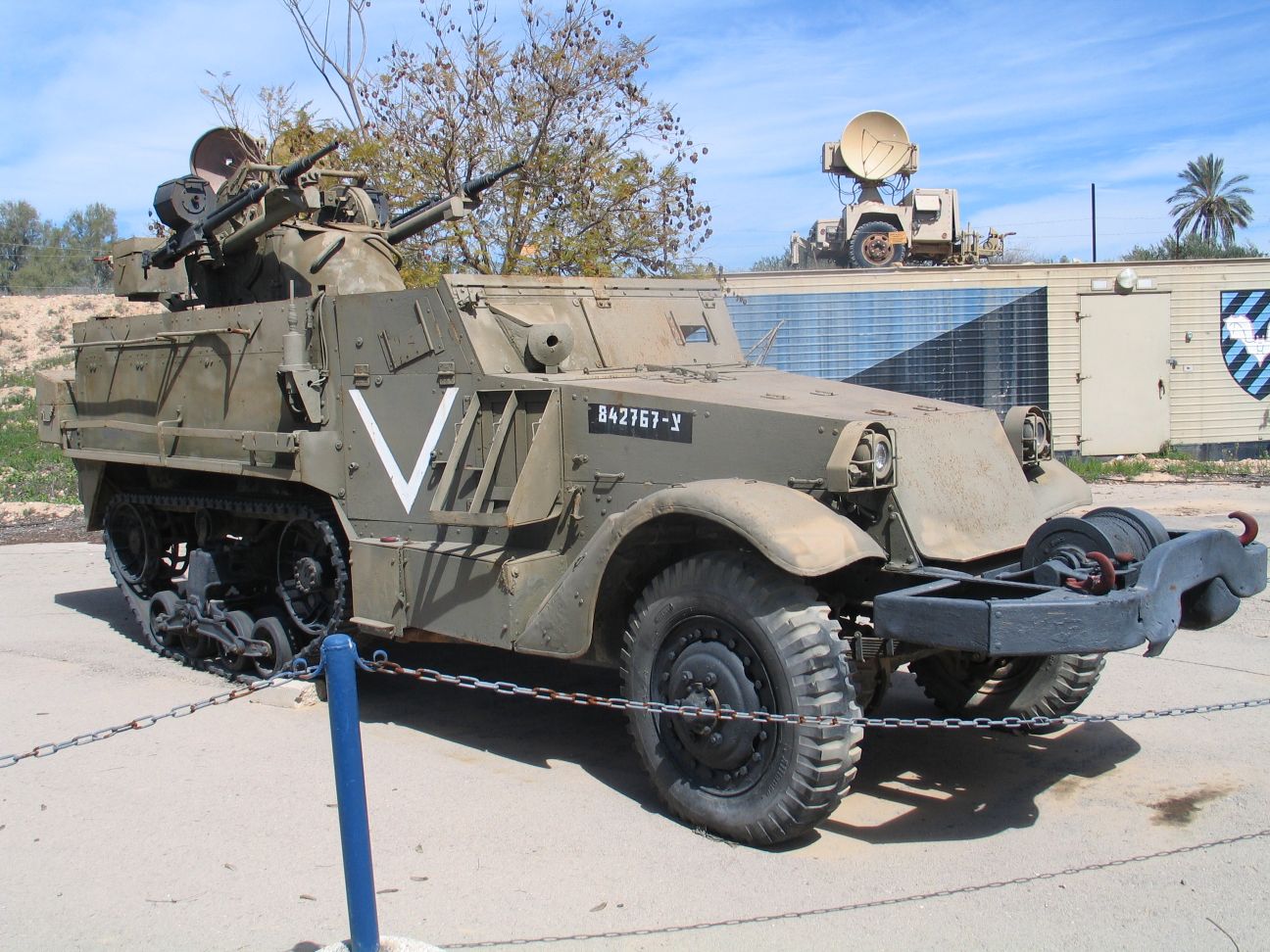|
T31 (classification)
T31 may refer to: * Aero Country Airport, in McKinney, Texas * General Electric T31, an American turboprop engine * * Komagawa-Nakano Station, in Higashisumiyoshi-ku, Osaka, Japan * T31 cannon, an aircraft weapon * Type 31 frigate, a planned class of frigates for the Royal Navy {{Letter-Number Combination Disambiguation ... [...More Info...] [...Related Items...] OR: [Wikipedia] [Google] [Baidu] |
Aero Country Airport
Aero Country Airport is a privately owned public airport west of the central business district of McKinney, Texas, United States. The airport has no International Air Transport Association, IATA or International Civil Aviation Organization, ICAO designation. The airport is used solely for general aviation purposes. Aero Country previously used the FAA LID of TX05 until at least July 1997. The FAA LID of T31 was previously used for Port Isabel-Cameron County Airport in Port Isabel, Texas until at least July 1992. Facilities Aero Country Airport covers at an elevation of above mean sea level and has one runway: * Runway 17/35: 4,352 x 60 ft. (1,326 x 18 m), Surface: asphalt concrete, Asphalt/Sod, Turf For the year ending December 31, 2015, the airport had 9,000 aircraft operations, averaging 25 per day: 100% general aviation. 244 aircraft were then based at this airport: 90% single-aircraft engine, engine, 7% multi-engine, 2% helicopters, and 1% glider (sailplane), gli ... [...More Info...] [...Related Items...] OR: [Wikipedia] [Google] [Baidu] |
General Electric T31
The General Electric T31 (company designation TG-100A) was the first turboprop engine designed and built in the United States. Design and development The TG-100A benefited from the Anglo/American technology exchange with one of its designers, Glenn Warren, stating that one of the most important British contributions was the concept of multiple combustion cans. The GE axial compressor design was directly influenced by NACA with their 8-stage compressor. NACA had developed the theory and designed and tested the compressor. General Electric adopted a single shaft engine configuration, like the Rolls-Royce Dart , where the turbine drove both the compressor and the propeller reduction gearbox. This epicyclic gearbox was relatively long. Air entered a screened annular intake directly behind the gearbox. After compression, the air entered the combustion chambers in a radially outward direction. These chambers were mounted around the casing of the axial compressor, presumably to shorten ... [...More Info...] [...Related Items...] OR: [Wikipedia] [Google] [Baidu] |
Komagawa-Nakano Station
is a train station on the Osaka Metro Tanimachi Line in Harinakano Itchome, Higashisumiyoshi-ku, Osaka, Japan. Layout *There is an island platform An island platform (also center platform, centre platform) is a station layout arrangement where a single platform is positioned between two tracks within a railway station, tram stop or transitway interchange. Island platforms are popular on ... with two tracks on the second basement. Surroundings * Komagawa Shopping Arcade (駒川商店街) *Osaka Municipal Higashisumiyoshi Library *Osaka Municipal Nakano Junior High School Bus stop ;Komagawa, Subway Komagawa-Nakano ( Osaka City Bus) :*Route 3: for Subway Suminoekoen / for Deto Bus Terminal External links Official Site Official Site Higashisumiyoshi-ku, Osaka Osaka Metro stations {{Asia-metro-stub Railway stations in Japan opened in 1980 ... [...More Info...] [...Related Items...] OR: [Wikipedia] [Google] [Baidu] |
T31 Cannon
The HS.404 is an autocannon originally designed and produced by Spanish/French company Hispano-Suiza in the mid-1930s. It was widely used as an aircraft, naval and land-based weapon by French, British, American and other military services, particularly during World War II. The cannon is also referred to as Birkigt type 404, after its designer Marc Birkigt and later versions based on British development are known as 20 mm Hispano. Firing a 20 mm calibre projectile, it delivered a significant load of explosive from a relatively light weapon. This made it an ideal anti-aircraft weapon for mounting on light vehicles, as well as a fighter aircraft gun, replacing the 7.62 mm (.30 calibre) and .303 inch (7.7 mm) machine guns commonly used in military aircraft of the 1930s. The HS.404 was produced by the French subsidiary of Hispano-Suiza, and under license by a variety of companies in other countries. Development From Oerlikon to Hispano The first widely used 20 mm aircr ... [...More Info...] [...Related Items...] OR: [Wikipedia] [Google] [Baidu] |

